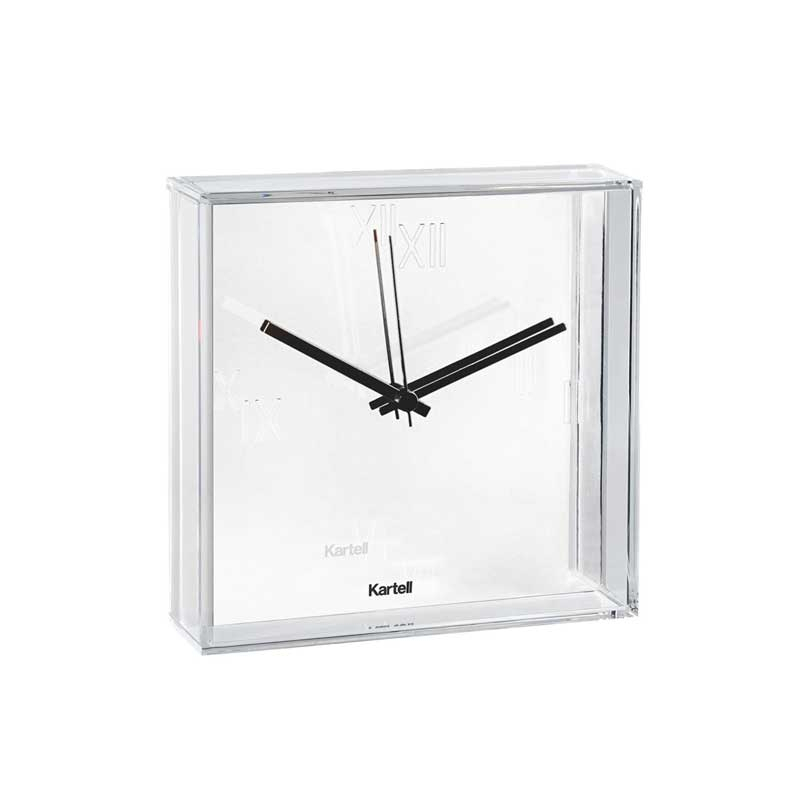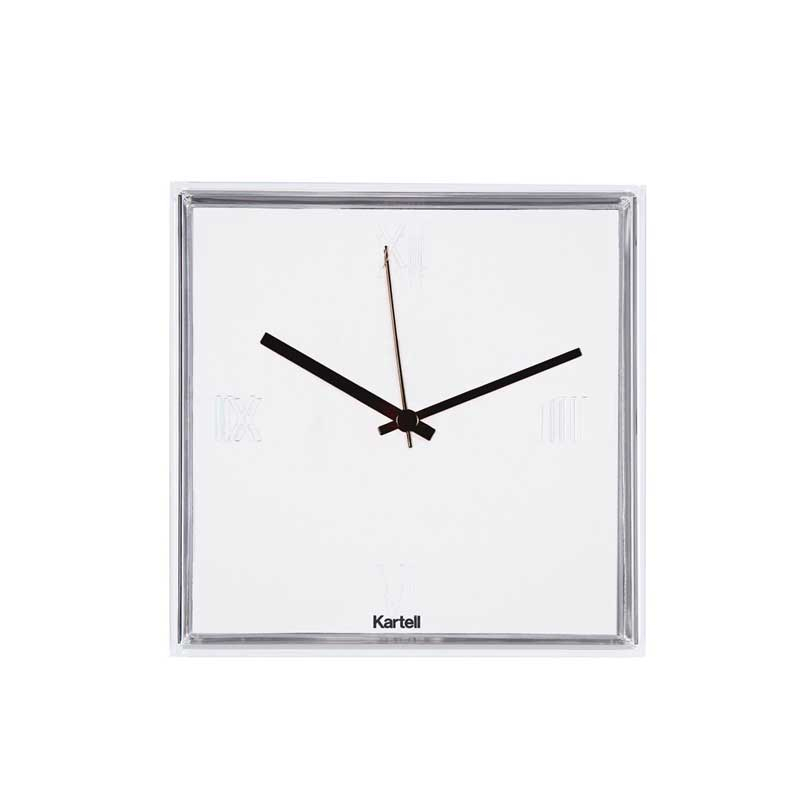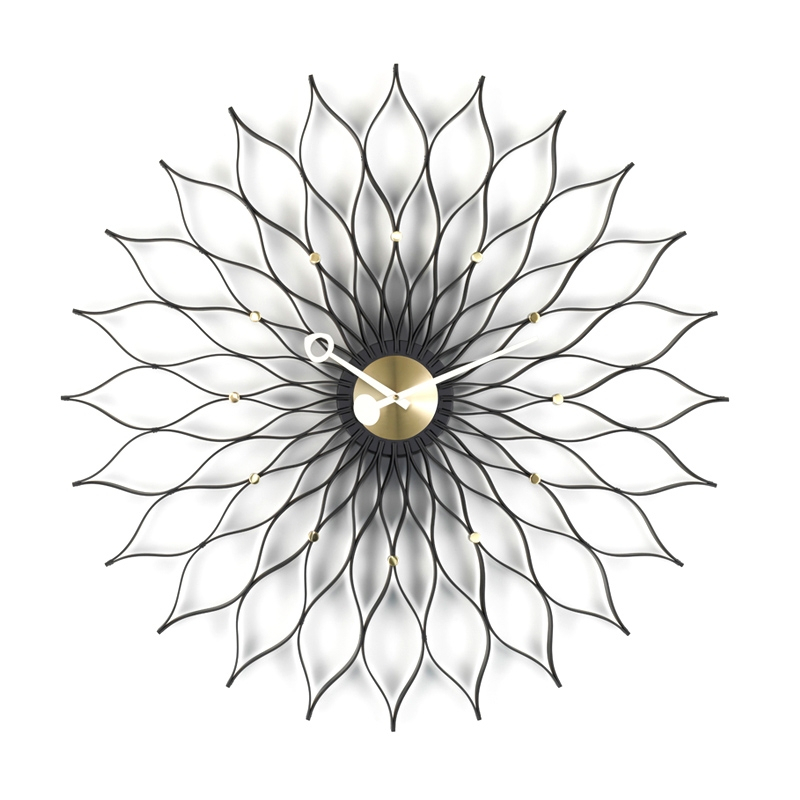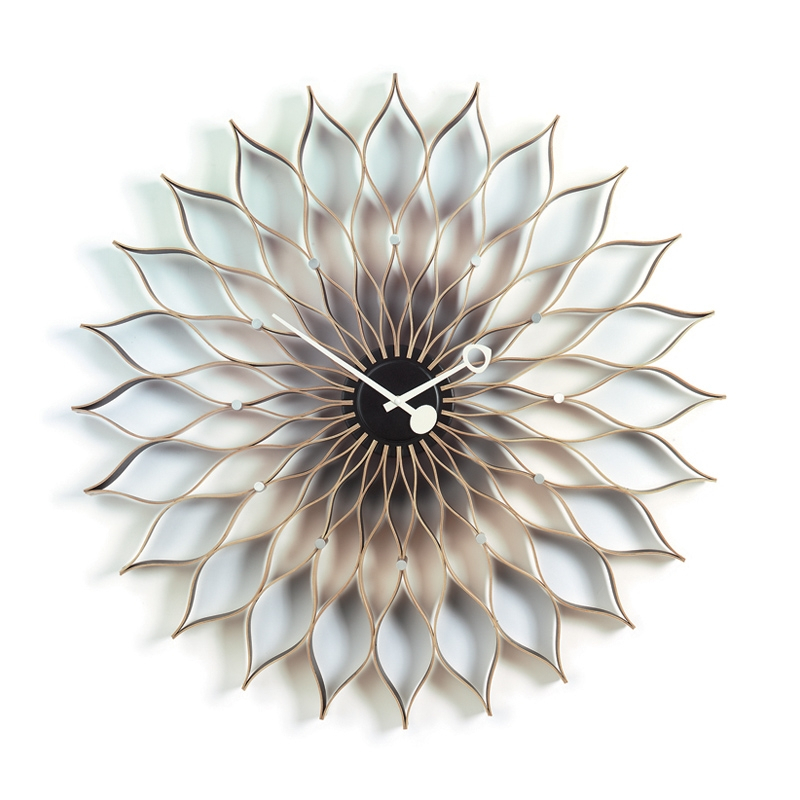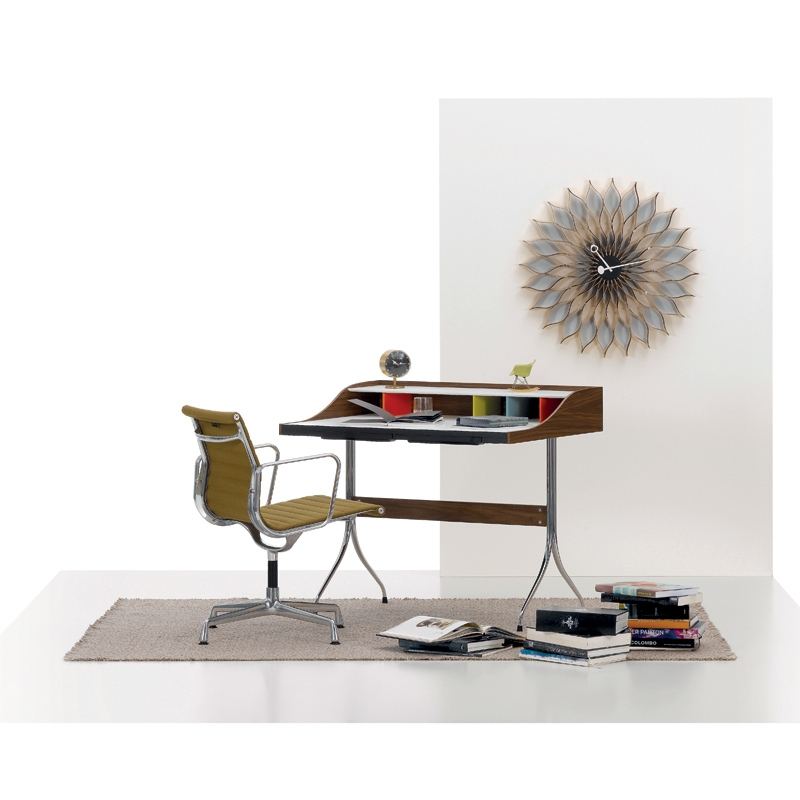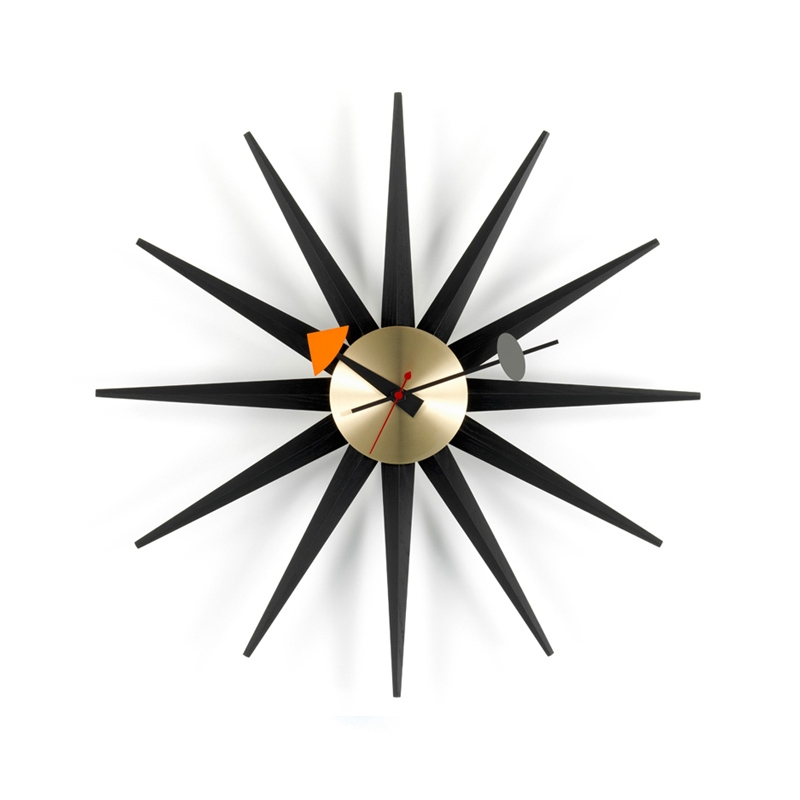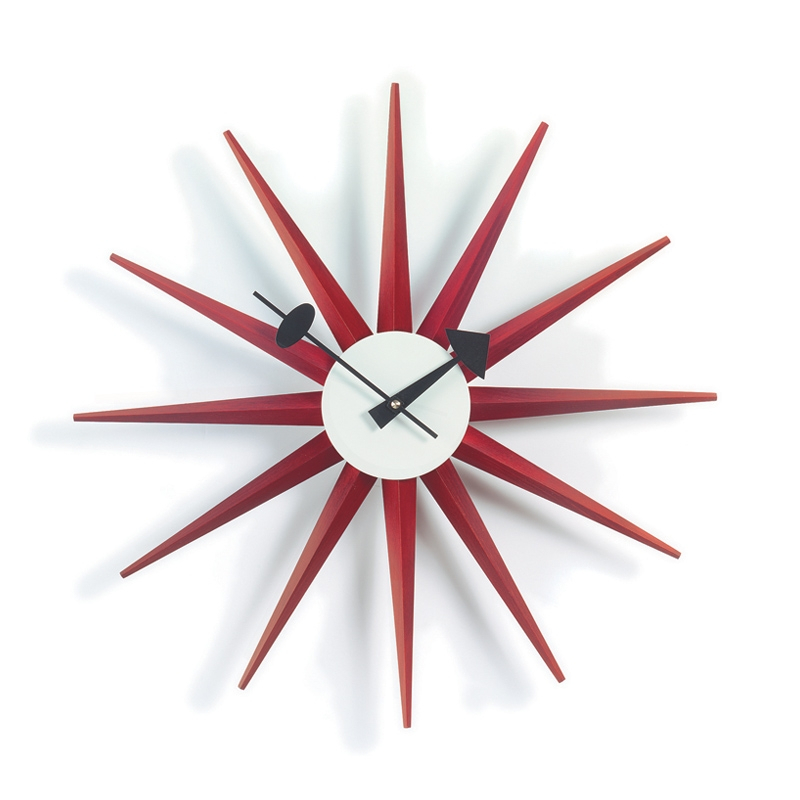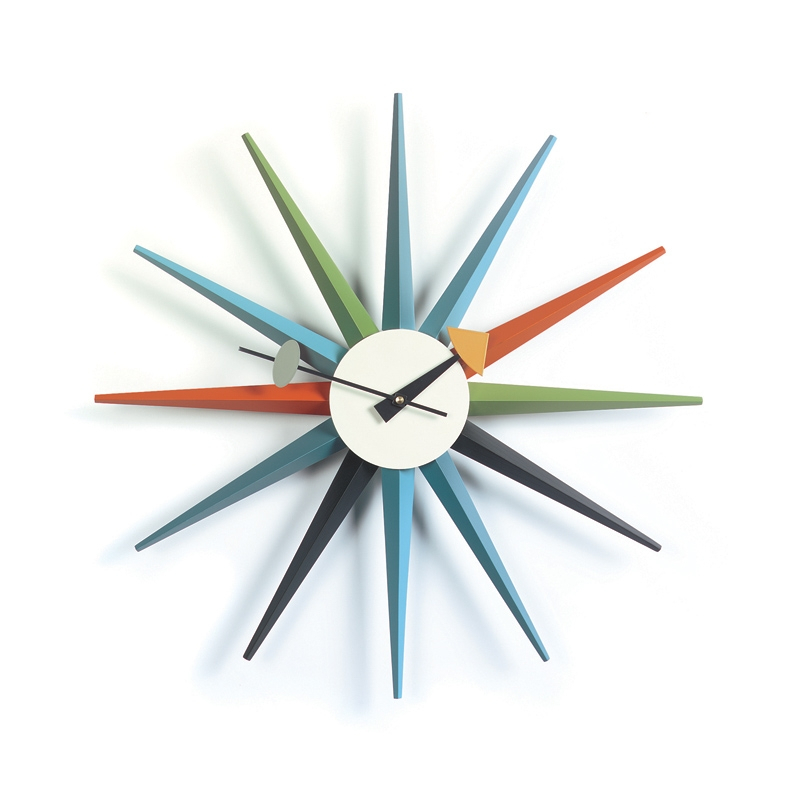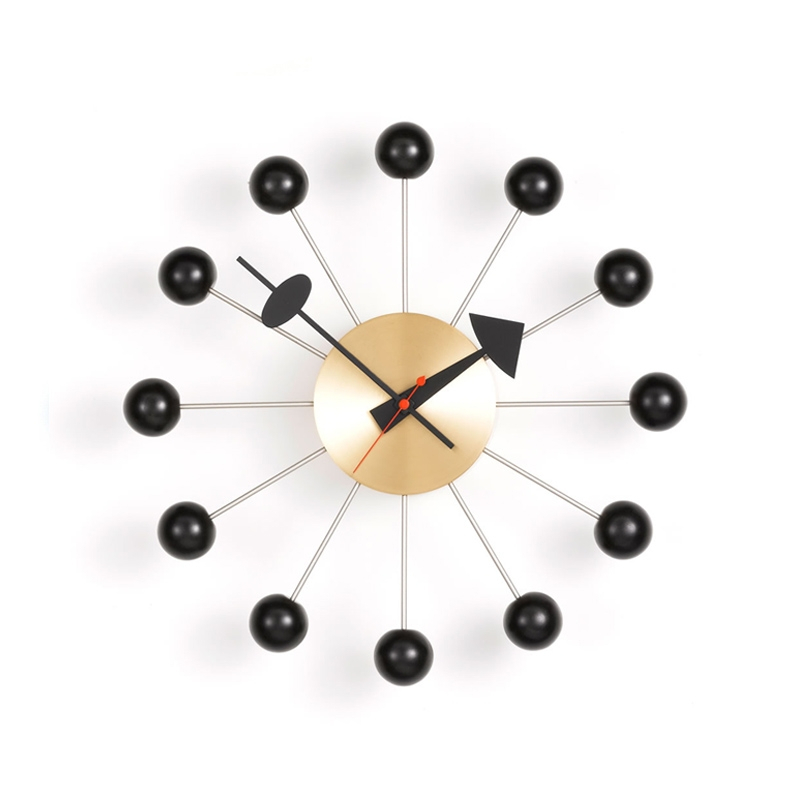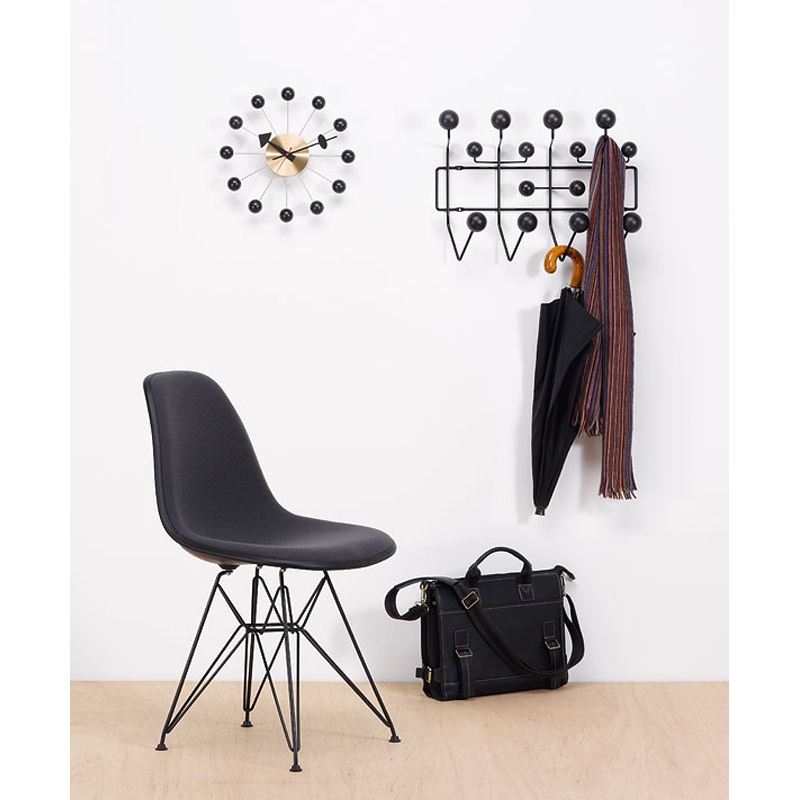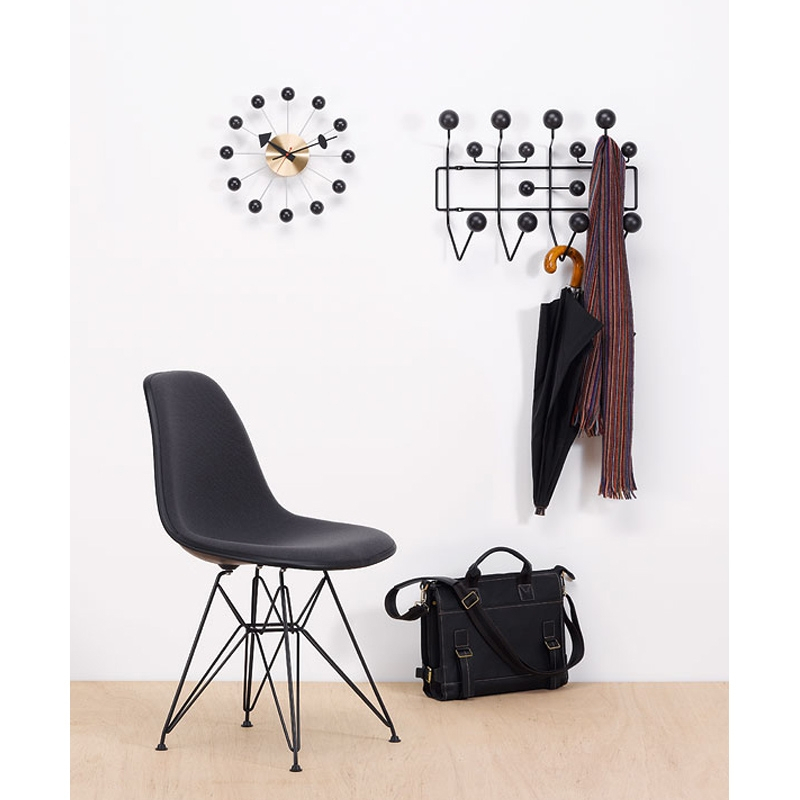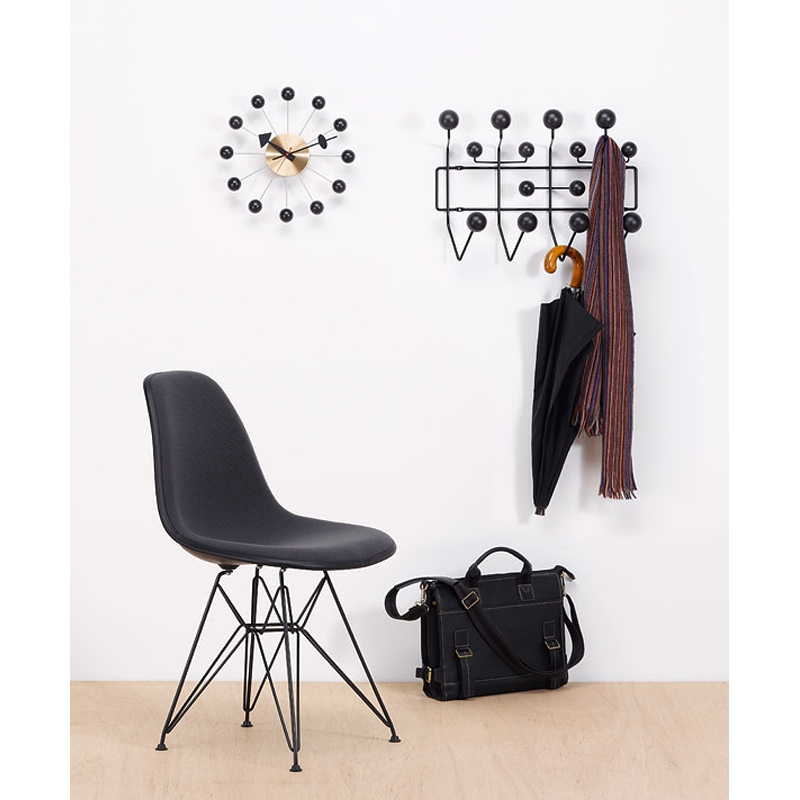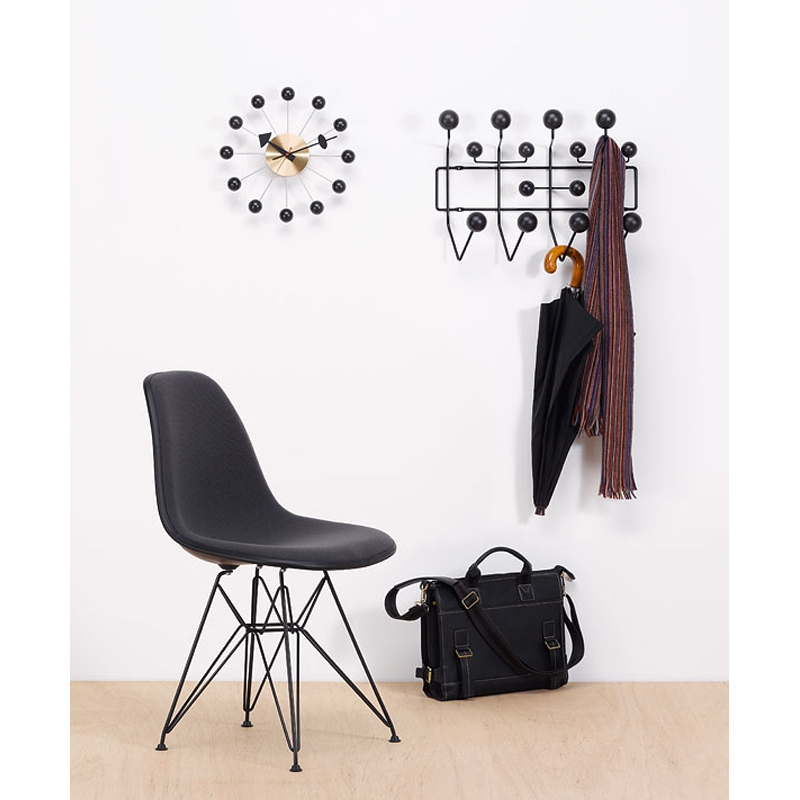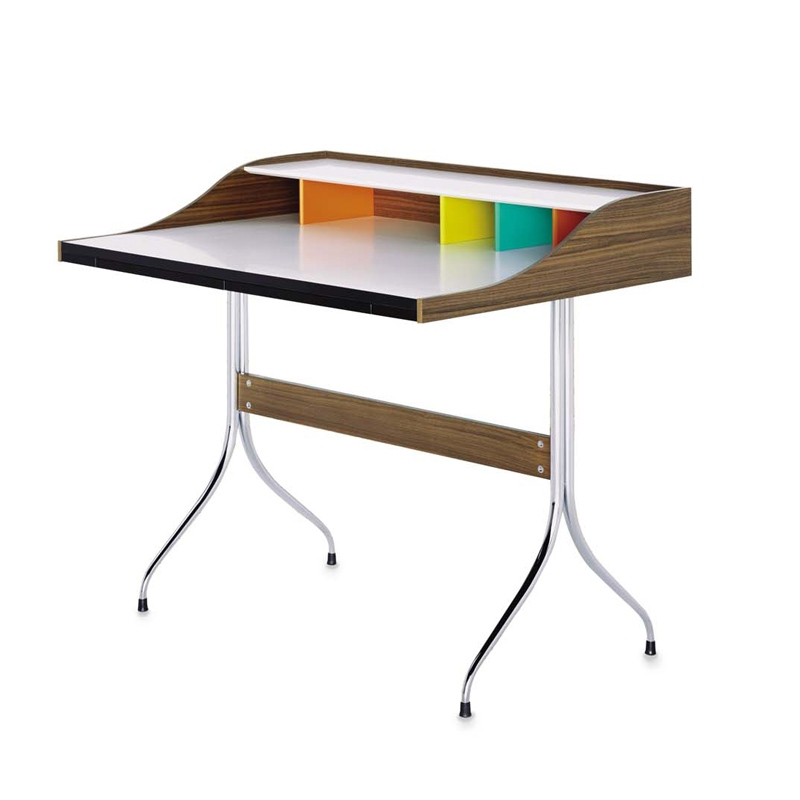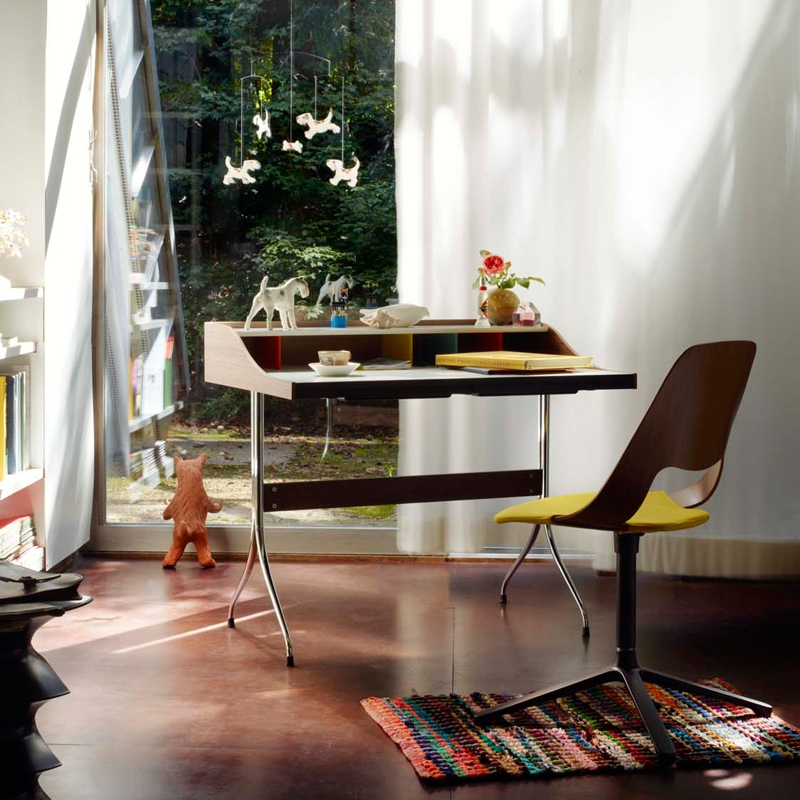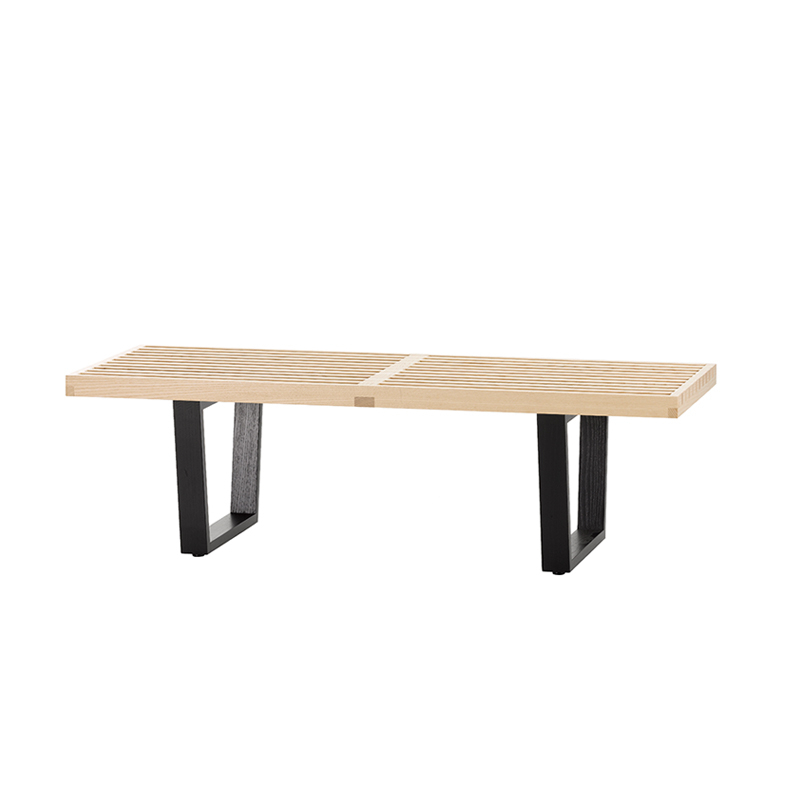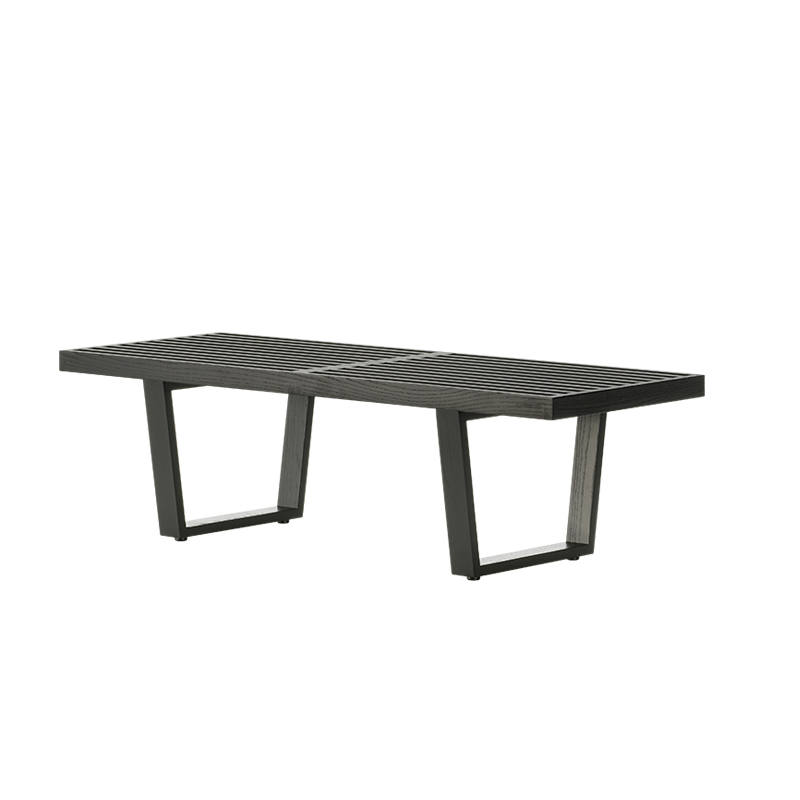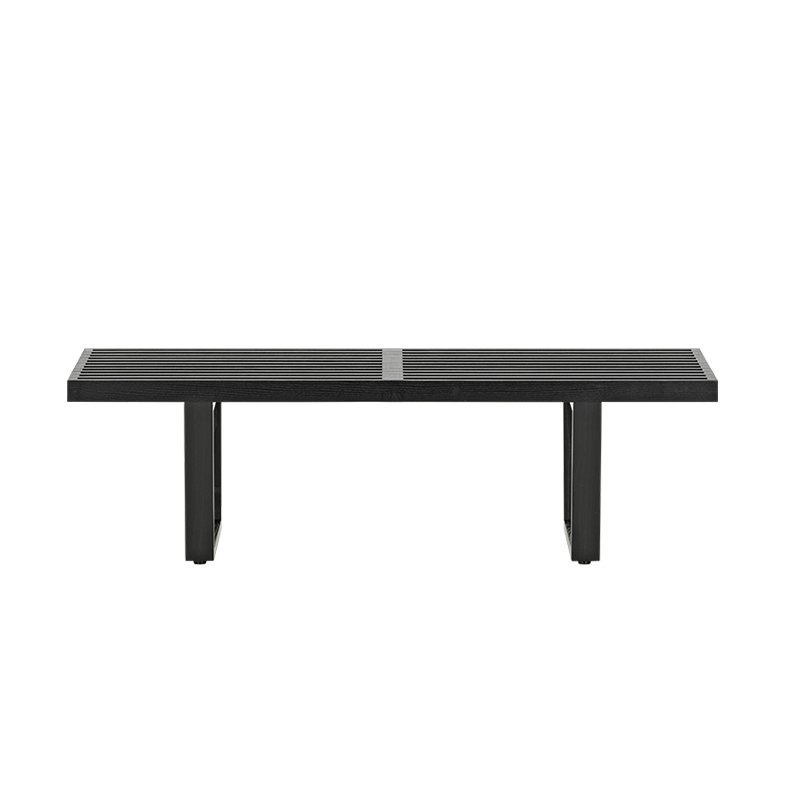- wishlist
-
Panier
Votre panier est vide.
menu overlay
menu overlay
Déjà client ?
Nouveau client ?
Profitez de tous les avantages que nous proposons et suivez vos achats dans l'historique de commande.
Inscriptionmenu overlay
Réinitialiser mon mot de passe
Vous recevrez un lien par mail pour réinitialiser votre mot de passe.
Description
Caractérisées par la diversité des matériaux et leurs formes sculpturales, les horloges créées par George Nelson pour Vitra incarnent l’esprit du design des années 1950. Ces horloges murales représentent une alternative pleine de fraîcheur aux objets habituels de mesure du temps. Ces pièces font partie de la collection du Vitra Design Museum, et sont devenues des classiques du design, indispensables pour la maison. Quel que soit le modèle, les Wall Clock s’intègrent parfaitement sur le mur d’une cuisine, d’une chambre ou de la salle de bain. Ces pendules constituent une idée cadeau original à offrir ou à s’offrir.
Technique
mécanisme à quartz de haute précision, pile 1,5v comprise
Couleur
bois foncé
Matériau
bois
Dimensions
diam 38,5cm
Finition
cerisier
Ce que vous en pensez
Modalités de livraison
Livraison possible sous 48h pour les produits en stock.
Vous aimerez aussi
Par le même designer
menu overlay
Demande de devis
Vous recevrez une réponse de notre part sous 24h/48h
Vos coordonnées
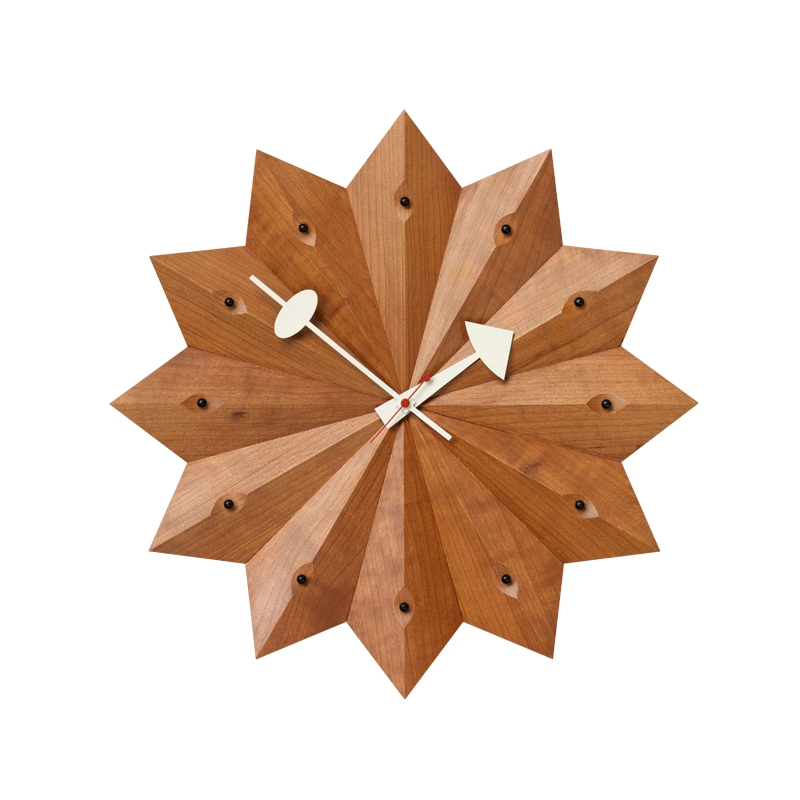
Horloge
Horloge FAN CLOCK
VITRA
499,00 £GB TTC
499,00 £GB HT
En stock
En stock
499,00 £GB TTC
499,00 £GB HT
Total des articles :
499,00 £GB
Taxes
0 €
Total (TVA incl.)
499,00 £GB







